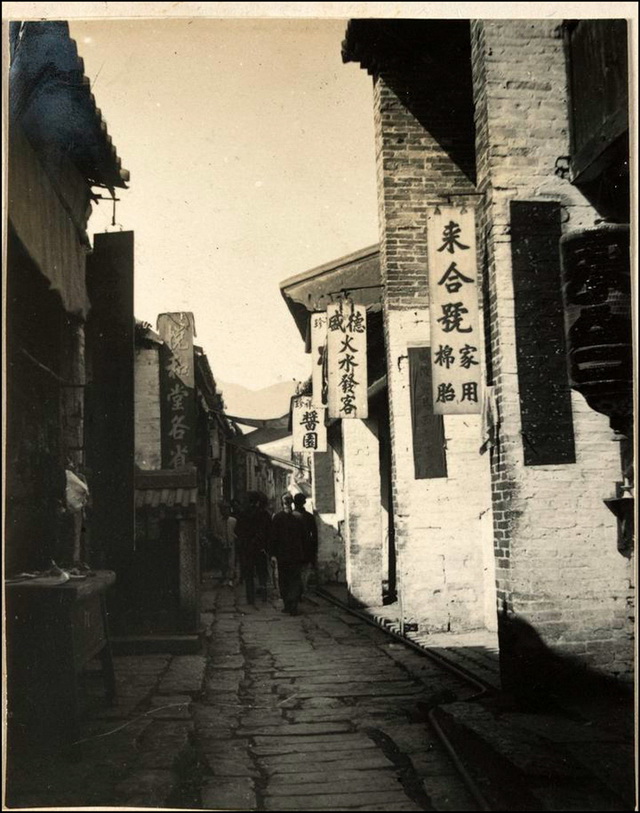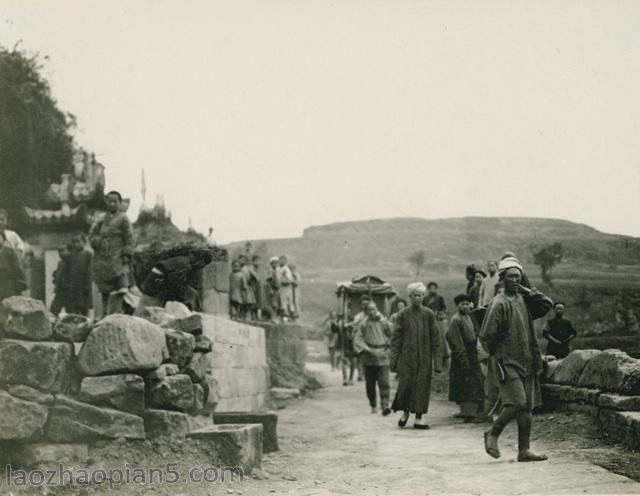[Yu Min Zhong Xing Shu Bu Xi Hong Tang Carved Liu Gongquan’s Orchid Pavilion Poem Que Pen Scroll]
Yu Min Zhong Xing Shu Bu Xi Hong Tang Carved Liu Gongquan’s Orchid Pavilion Poem Que Pen Scroll, Qing Qianlong, paper, running script, 28.7 cm in length and 688.2 cm in width
In the front of the volume, there are four characters in the running script of Emperor Qianlong, “To restore the old view”, and an inscription. Yu Minzhong wrote one by himself, with 61 seals. It was once collected by Qianlong and Jiaqing
Yu Minzhong is good at calligraphy, especially regular script and running script. His calligraphy style is traced back to the second king through learning Zhao Mengfu and Dong Qichang. He is one of several ministers who often catch swords for Emperor Qianlong and was responsible for drafting imperial edicts for the emperor. Most of the poems of Liu Gongquan’s Orchid Pavilion inscribed in the “Xihong Hall Calligraphy” are incomplete. In the forty-third year of Qianlong’s reign (1778), Yu Minzhong was ordered to write a complete version of the poem. Because the side of the poem was filled with complete characters, it was copied from Dong Qichang’s Linben (the seventh of the eight pillars of the Orchid Pavilion). The original version and the Que words and Que sentences, which were not found in the Dong book, are still as old as they are. The purpose is not only to reproduce the stone, but also to retain the original calligraphy style and features, “to restore the old view”. This painting is exactly the pen scroll of the Orchid Pavilion Poem Que written by Liu Gongquan under the edict of Yu Minzhong. The original poem is written in larger characters. In case of a poem with the characters of filling the Que, the original inscription and the wrong characters, the small characters will be noted after the poem. For example, Wang Binzhi’s four-character poem “The Danya is standing, the flowers are reflected in the forest, the other waters are rising, the water is floating and the water is sinking”. Note: according to this poem, the cliff characters and the Yang characters are originally carved with the Que pen and now filling; Wang Xizhi’s five-character poem “… is a great contribution to the creation of the universe, and there is no difference in the difference between the two.” Note after that: “cut” was originally carved according to the word “work” in this poem, and now it is changed from Dong Linben. In some places, if Dong Linben didn’t have it or the Que was seriously damaged, Yu Minzhong added it according to his specific situation. For example, after the three five-character poems of Xi Tan, Yu Yue and Sun Si, the note: according to the three poems of Xi Tan, Yu Yue and Sun Si, Dong Linben did not have them, but the original ones are still temporary supplements; The five-character poem of Wang Huizhi, “The ancestors have hidden things in the Ming Dynasty, and they can use the Jishi Luo safely, but if they don’t protect the truth, they will be Qi Qiji mountains and rivers”, is followed by the following note: the two sentences of the back Que, Dong Linben has no, and the original inscription is also a temporary supplement. Because it was the order of the emperor, he did not dare to act rashly. He wrote very carefully and carefully. The knot was neat, the cloth white was uniform, and the color of the ink was just right. However, the thirty-seven poems also lack the last sentence of Wang Huanzhi’s five-character poem, which is similar to the Neifu hook-filled version. In addition, it shows the whole picture of the ink of the Lanting poem
It is described in Shiqu Baoji Continuation. In the Qing Dynasty, the eight pillars of the “Orchid Pavilion” were inscribed, ranking sixth
![图片[1]-Yu Min’s medium running script complements the Hongtang poem with Liu Gongquan’s orchid pavilion poem-China Archive](https://chinaarchive.net/Qing dynasty/model calligraphy/s58e4583f6751b.jpg)





![[Qing Dynasty] British female painter—Elizabeth Keith, using woodblock prints to record China from the late Qing Dynasty to the early Republic of China—1915-China Archive](https://chinaarchive.net/wp-content/uploads/2022/11/image-191x300.png)